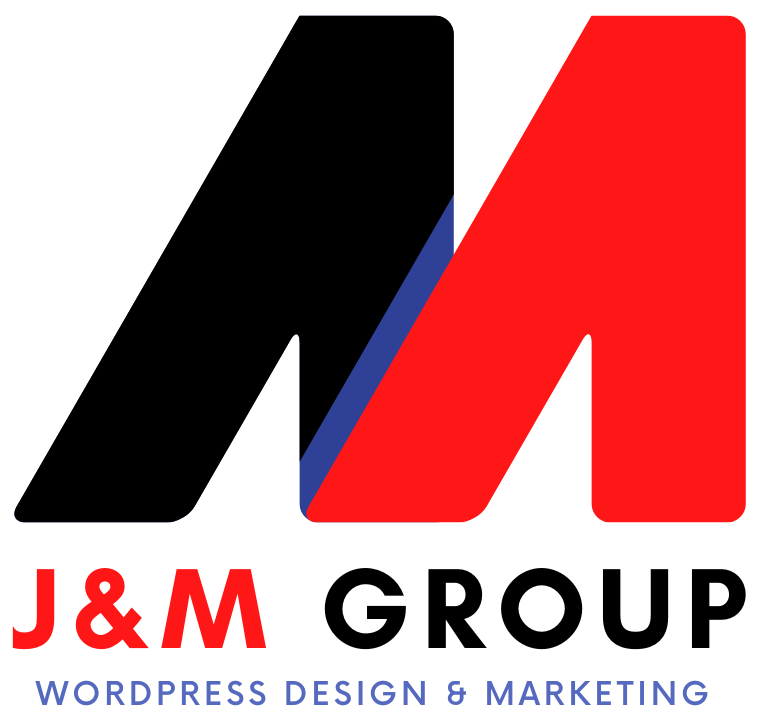
Here are some great optimization tips from Blue Host that will help you improve your site’s speed, user retention, and SEO rankings.
How to Optimize Your Site
The #1 optimization tip: Reduce and compress your images.
Images are the largest part of webpage content, so it’s critically important for web developers to take control of their image sizes and quality to deliver a fast loading, responsive site for their users.
For your images to load as quickly as possible, it is important to resize them before uploading them to your website. Don’t upload images larger than what you actually need to display. Scaling images in the HTML code might display them as desired, but it won’t reduce its original file size. For example, a JPG image that is 800×800 pixels with a 100kb file size will take just as long to load when coded to display at a 200×200 size as it would if you displayed it at full size. If you optimize the JPG to only 200×200 before you upload it, you might be able to get it down to 20kb and reduce the load time significantly.
The PNG image format is actually the best choice as it allows you to store high quality images with a high level of compression. Unfortunately, PNG files are usually large due to the simple fact that they are not compressed.
To compress PNG images, you can use TinyPNG.org, a free online tool that allows you to compress PNG files without losing quality while preserving alpha transparency.
What’s worse is that users have to pay to download your website. While bigger pages hurt performance for desktop users, too, the biggest victims of page bloat are mobile users.
Did you know that Google says site speed plays an important role in their ranking factors. Now you do!
Resources:
10 Steps to Speed up Your WordPress Website or Blog
– By Marcia Coffey
Find Marcia on Google+
Call Marcia @ 561.906.3436.
Follow @jmgroupdesign
